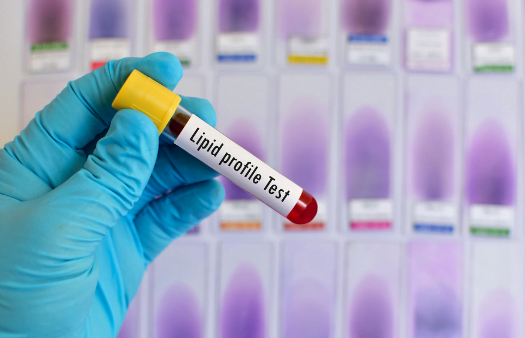Lipid Oxidation Testing in Meat Quality Control
Understanding lipid oxidation is crucial in meat quality control as it directly impacts product shelf life and sensory attributes such as flavor and texture. This process involves the breakdown of lipids into smaller molecules due to exposure to oxygen, leading to rancidity and off-flavors that significantly affect consumer acceptance. For industries reliant on high-quality meat products, controlling lipid oxidation is paramount.
Lipid peroxidation, a key aspect of lipid oxidation, generates volatile compounds responsible for the characteristic "rancid" smell associated with oxidized fats. This process can be accelerated by environmental factors such as temperature and light exposure during storage and transport. Therefore, implementing robust quality control measures to monitor lipid oxidation is essential.
Our service utilizes advanced techniques that detect early signs of lipid oxidation, ensuring products meet stringent international standards like ISO 16017-2, which specifies methods for evaluating the oxidative stability of fats and oils in food. By leveraging these methodologies, we help ensure consistent product quality and compliance with regulatory requirements.
The testing process begins with precise sample preparation, focusing on accurately representing the meat products under scrutiny. Once prepared, samples are analyzed using spectrophotometric or gas chromatographic methods to quantify lipid peroxidation levels. This data is then used to assess the effectiveness of current storage and processing practices.
Our team works closely with industry professionals to tailor testing protocols that align with specific operational needs. Regular monitoring allows for proactive adjustments in production processes, thereby minimizing waste and enhancing overall efficiency. Ultimately, this approach supports long-term business sustainability by maintaining high standards of food safety and quality.
- Benefits: Early detection of lipid oxidation helps prevent spoilage and maintains product integrity.
- Advantages: Compliance with international standards ensures consistent quality across global markets.
Scope and Methodology
The scope of our lipid oxidation testing encompasses a comprehensive range of analytical techniques designed to evaluate different stages of the process. Our methodology adheres strictly to recognized international guidelines, including ISO 16017-2, ensuring accuracy and reliability.
We employ both direct and indirect methods for assessing lipid peroxidation levels in meat products. Direct methods involve measuring specific oxidation products, while indirect methods rely on indicators of oxidative stress within the sample matrix. These approaches provide a holistic view of the lipid quality, enabling detailed insights into potential issues.
For accurate results, proper specimen preparation is critical. This includes homogenization and extraction procedures tailored to preserve the integrity of fatty acids throughout analysis. After preparing the samples, they undergo rigorous testing using high-performance liquid chromatography (HPLC) or other relevant instrumentation. These tools allow for precise quantification of key parameters indicative of lipid oxidation.
The results generated from these tests are analyzed comprehensively before being reported back to clients. Reporting includes detailed descriptions of observed trends along with actionable recommendations aimed at improving overall product quality. By providing such insights, we empower decision-makers within the industry to implement effective strategies that enhance both operational efficiency and consumer satisfaction.
Industry Applications
The application of lipid oxidation testing extends beyond mere compliance; it plays a pivotal role in enhancing food safety, extending shelf life, and improving customer experience. In clinical and healthcare settings, monitoring lipid oxidation helps ensure that patients receive safe and effective treatments derived from quality-controlled ingredients.
For meat processors and retailers, this service translates into reduced waste, lower production costs, and increased profitability through improved product freshness and consumer appeal. By identifying early signs of lipid oxidation, companies can adjust their supply chain practices to optimize efficiency while maintaining the highest standards of food safety.
R&D engineers benefit from our testing services by gaining valuable data on how various processing techniques influence lipid stability. This information aids in developing innovative solutions that not only meet regulatory expectations but also cater to evolving market demands. Additionally, procurement teams gain confidence knowing they are sourcing materials backed by robust quality assurance measures.





